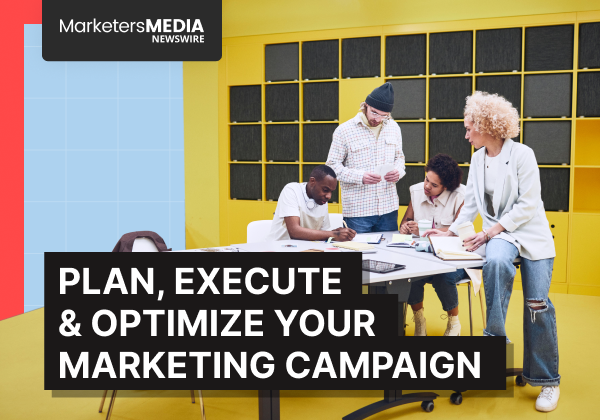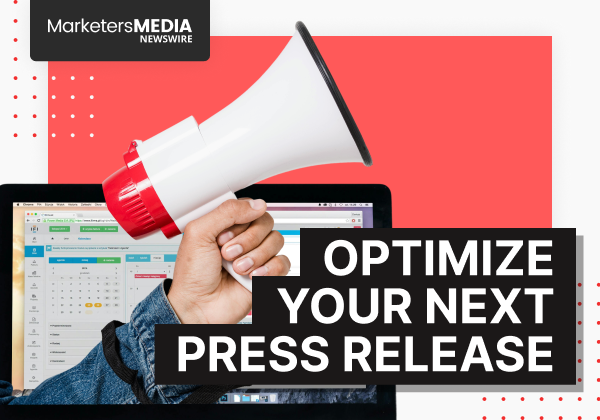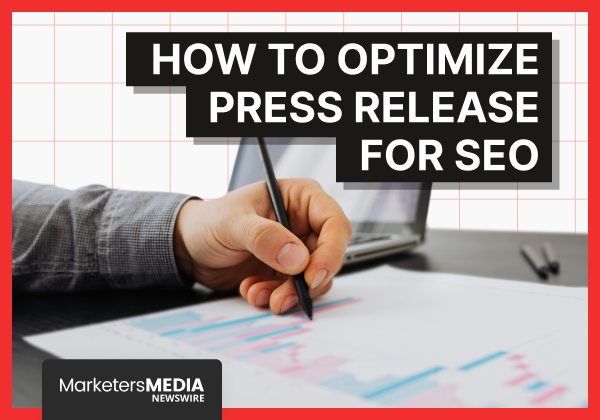A campaign launch can either validate months of hard work—or expose every mistake in your planning.
What makes the difference isn’t luck. It’s knowing exactly what to do before, during, and after launch day.
This guide walks you through the complete framework that turns stressful launches into confident, successful ones.
Part 1: Building Your Pre-Launch Foundation
Set Clear, Measurable Goals
Start with specific targets, not vague hopes.
"Increase brand awareness" means nothing. "25% website traffic increase in 90 days” gives you something to work toward and measure against. Your goals need numbers, deadlines, and clear connections to business outcomes.
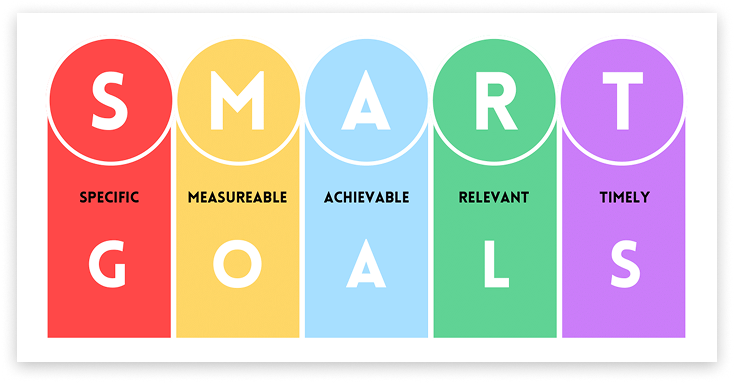
But here's what most people miss: you need to prove how campaign metrics translate to revenue.
If you're generating leads, what's your conversion rate? If you're driving traffic, how does that become revenue?
This connection matters more than ever because marketing budgets are shrinking and CFOs want proof of ROI.
Focus on these goal categories:
- Lead generation with quality scores and conversion tracking
- Brand awareness through reach, engagement, and recall metrics
- Product launches measuring uptake, sentiment, and repeat purchases
- Sales campaigns tracking revenue, acquisition costs, and lifetime value
Know Your Audience Beyond Demographics
Demographics tell you who your audience is, but behavioral insights reveal why they buy.
You need to understand not just their age and income, but their daily frustrations, decision-making triggers, and the channels they trust most for information.
- What problems frustrate them daily?
- Where do they go for information?
- What triggers their buying decisions?
- How do they prefer to consume content?
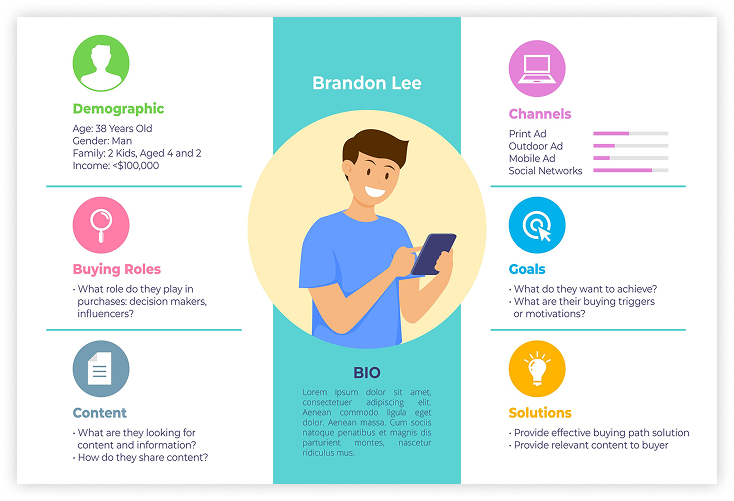
Don't assume your audience stays the same either. Markets shift, behaviors change, and new competitors alter the landscape. Regular research through surveys, interviews, and data analysis keeps your insights fresh and actionable.
For B2B campaigns, map the entire buying committee. Who influences decisions? Who controls budget? What does their approval process look like? Understanding this journey from awareness to purchase decision determines your entire strategy.
Craft Messages That Connect Emotionally
Your value proposition needs to make people feel something, not just understand something.
Logic tells, but emotion sells.
Your messaging should make prospects feel understood, safe, excited, and ready to act now. Start with your unique selling proposition—what makes you genuinely different?
The emotion test: After reading your message, does your prospect feel:
- Understood? (You get their problem)
- Safe? (You're trustworthy)
- Excited? (This could work for them)
- Urgent? (They need to act now)
If any answer is no, rewrite until all four are yes.
Here’s a great example from Duolingo that checks all four boxes:

Stories beat statistics every time. Share customer wins, behind-the-scenes moments, or the exact problem your product was built to solve.
Choose Channels Based on Audience Behavior
Don’t pick channels based on trends—choose based on where your audience already spends time and how they prefer to engage with content.
Use this simple channel selection framework:
- Where does your audience hang out?
- What content formats perform well there?
- Can you consistently create great content for that platform?
- Do you have the resources to maintain a steady presence?
Multi-channel works, but only if each channel has a clear role. For example, your LinkedIn ads might generate awareness while your email sequence nurtures and converts leads.
Here's how to match content formats to each platform in your content marketing plan:
- Instagram: Visual, behind-the-scenes, lifestyle
- LinkedIn: Professional insights, industry trends
- Email: Personal, direct, action-oriented
- YouTube: Educational, entertaining, detailed

Resist the urge to be everywhere. It’s better to show up strong on three channels than to be forgettable on ten.
Part 2: Plan Budget and Resources
Budget surprises kill campaigns faster than poor creative.
Financial planning requires both strategic allocation and tactical flexibility. Many campaigns fail not because the strategy was wrong, but because spending outpaced budget faster than performance could justify it.
Allocate Budget Based on Performance
Distribute budget based on expected returns, not equal spreading.
Historical performance data, industry benchmarks, and testing results guide these decisions.
The 10-10 rule provides a smart framework: dedicate 10% for testing and expect 10% annual media cost increases.
Budget Allocation Framework:
| Category | Percentage | Purpose |
|---|---|---|
| Proven channels | 60-70% | Channels with demonstrated ROI |
| Testing budget | 10-15% | Experiments with audiences, creative, channels |
| Emergency fund | 10-15% | Unexpected costs and opportunities |
| Tools & operations | 5-10% | Software, training, team costs |
Track spending in real-time to avoid unwelcome surprises. Set up daily or weekly monitoring, and make sure there’s a clear process when actual spending goes over what you planned.
Factor in the full cost of running campaigns. That includes not just the obvious expenses like ad spend, but also the hidden ones: software licensing, training, integration, team management, and even agency rush fees or scope changes.
Be ready to shift your budget based on what’s working. If a channel is performing well, it should get more support. If something’s underperforming, pause it or find a way to fix it before it drains more resources.
Match Resources to Realistic Timelines
Campaigns often derail due to time and capacity issues—not budget. Before setting a launch date:
- Map out every task: Content creation, design, tech setup, testing, and approvals all take time. Be realistic, not optimistic.
- Spot bottlenecks early: If design or dev teams are overloaded, bring in freelancers or shift timelines.
- Plan for external delays: Legal reviews, vendor setup, and third-party approvals often take longer than expected. Build in buffer time.
- Fill skills gaps wisely: It’s often more efficient to hire a specialist than to train someone under deadline pressure.
Part 3: Execute with Precision
This phase requires detailed planning, clear communication, and systematic validation.
Plan Every Task and Detail
Your timeline needs every task, every owner, and every deadline mapped out with military precision.
Break big tasks into small, specific actions that one person can own completely.
Example:
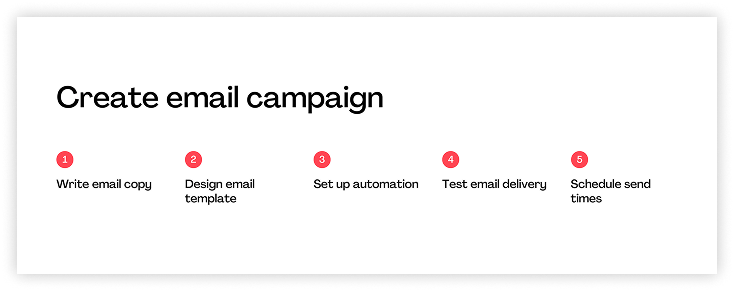
Communication protocols prevent the disasters that derail campaigns during crunch time. Establish daily standups during launch week, create clear escalation procedures for when things go wrong, maintain a shared project dashboard everyone can access, and pre-agree on who makes what decisions under pressure.
Crisis management preparation saves campaigns when unexpected problems arise. Develop backup plans for critical elements, create response templates for common issues, establish clear authority for making quick decisions, and prepare stakeholder communication plans for different scenarios.
Test Everything Before Launch
Pre-launch testing prevents expensive failures.
Essential Pre-Launch Testing Checklist:
- All links and forms work correctly
- Mobile responsiveness across devices
- Page loads under 3 seconds
- Tracking and analytics function
- Email deliverability and formatting
- Social media scheduling works
- Payment processing (if applicable)
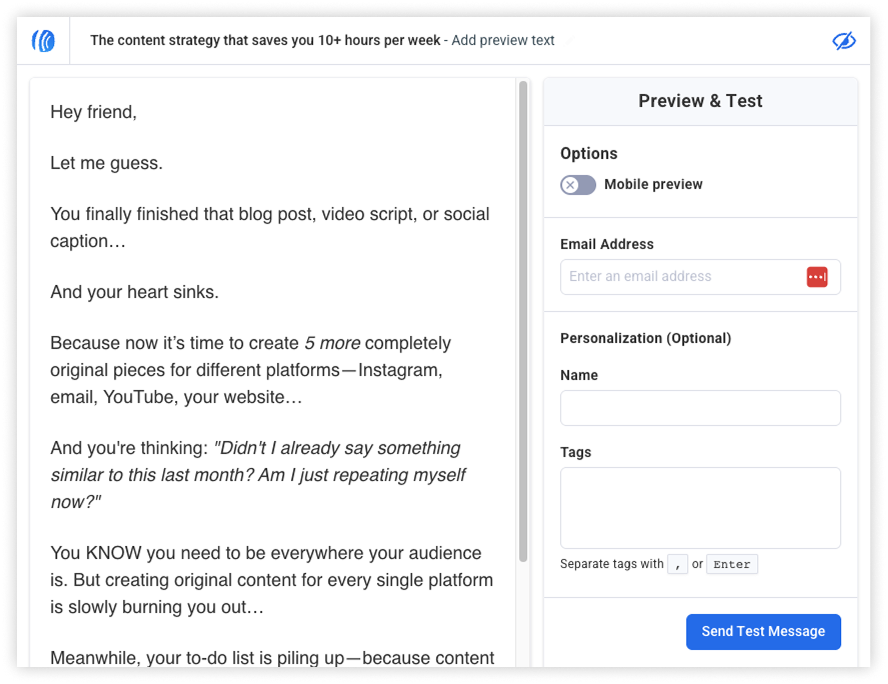
Test user experience across devices and browsers. Your campaign might look perfect on your laptop but break on mobile devices where most of your audience will see it.
Validate tracking setup. Run test transactions to confirm data flows to analytics. Nothing's worse than successful campaigns you can't measure.
Conduct dry runs of your launch sequence. If you're coordinating social media posts, email sends, and advertising activation, practice the timing to ensure everything aligns properly.
Part 4: Manage Launch Day
Launch day requires careful monitoring and quick response capabilities.
Even perfect planning can't prevent every surprise. The difference between successful launches and disasters often comes down to how quickly you identify and respond to issues.
Monitor Performance in Real-Time
Set up dashboards showing key metrics updating live.
You need visibility into website traffic, ad performance, social engagement, and conversion rates as they happen.
Define normal ranges for key metrics so you can quickly spot when something’s off.
A sudden 300% spike in traffic? Could be a viral win—or a tracking error skewing your data. A 50% drop in conversion rate? That might point to a broken funnel, a landing page issue, or an aggressive move by a competitor.

Plan quick responses to both wins and problems. Can you increase budget for overperforming channels? Can you pause underperformers?
Handle Crisis with Preparation
Things will go wrong.
Servers crash, ads get rejected, competitors launch surprise campaigns. Preparation helps you respond professionally and quickly.
Create response templates for common issues. Website down? What message goes to your social media followers? Ads got rejected, what backup creative is ready to go?
Have backup plans for critical components.
If your primary email service provider has issues, can you quickly switch to an alternative? If your main advertising channel suspends your account, where will you reallocate that budget?
Establish clear decision-making authority for launch day changes. Waiting for approval meetings while campaigns bleed budget isn't viable. Designate who can make what decisions quickly.
Communicate transparently with stakeholders when issues arise. Regular updates, even if the news isn't good, maintain trust and confidence in your management of the situation.
Part 5: Optimize and Learn
Launch day is the beginning, not the end. Your real work starts when you have performance data to analyze and optimize.
The most successful campaigns are those that improve continuously based on real user behavior and feedback.
Analyze Performance Against Goals
Compare results to projections across all key metrics.
Which elements exceeded expectations? What fell short? Understanding these patterns guides future improvements.
Look beyond surface numbers. Low conversion rates might indicate traffic quality issues, poor landing experience, or irrelevant offers.
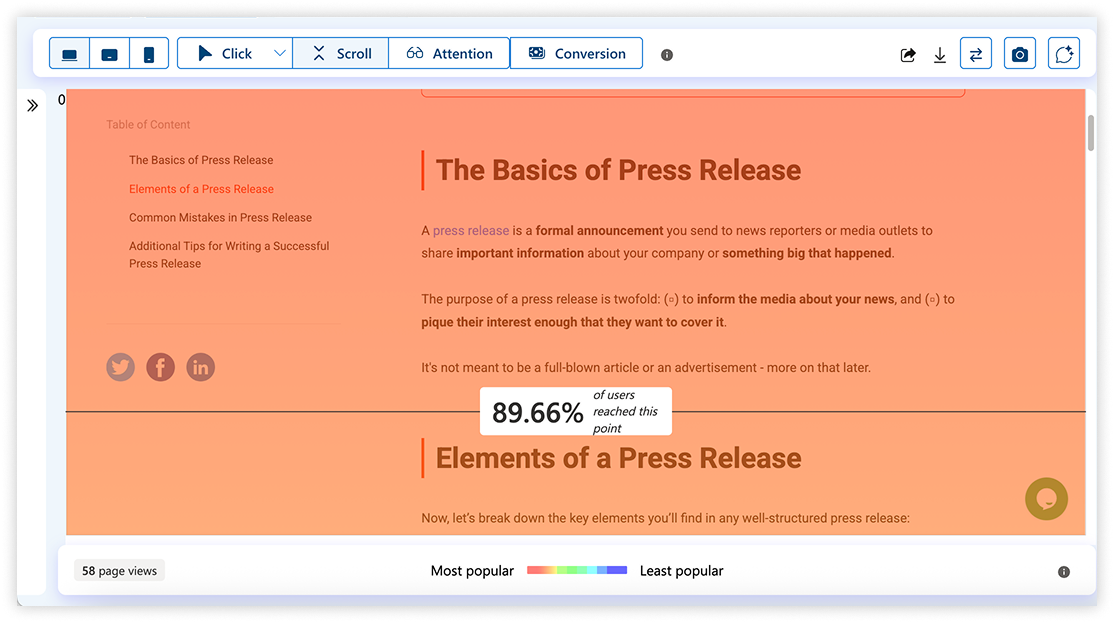
Segment analysis by audience, channel, and creative variation. You might discover certain demographics respond better to specific messages or some channels deliver higher-quality leads.
Calculate true ROI including all campaign costs, not just media spend. Factor in team time, tool costs, and opportunity costs for accurate profitability pictures.
Extract Learnings for Future Campaigns
Document lessons while experiences are fresh and details are clear.
- What specific tactics exceeded expectations?
- Which processes created bottlenecks or confusion?
- What tools or resources would have improved results?
- How can you apply these insights to future campaigns?
Share discoveries across your entire organization because success patterns and failure modes from one campaign often apply to others, building institutional knowledge that improves overall marketing effectiveness.
Your Next Steps to Campaign Success
Campaign success comes down to systematic preparation and disciplined execution.
The framework exists, the tools are available, and the strategies are proven. Most campaigns fail because teams skip foundation work and jump straight into execution, hoping everything will somehow work out.
To recap:
- Start with clear goals that connect directly to revenue
- Know your audience through real research and build messages that create emotional connection
- Choose channels where your people actually spend time
- Plan your budget with contingencies and match timelines to reality
- Test everything before launch and monitor performance in real-time
- Learn from every result to improve your next campaign
For campaigns requiring broad media coverage, platforms like MarketersMEDIA Newswire can amplify your reach across 550+ outlets in 160 countries, potentially reaching 5.9 billion people worldwide.
Your next campaign can deliver consistent results if you follow the process. The choice is yours.
Free Press Release Template
Tell us where to send your PDF:
